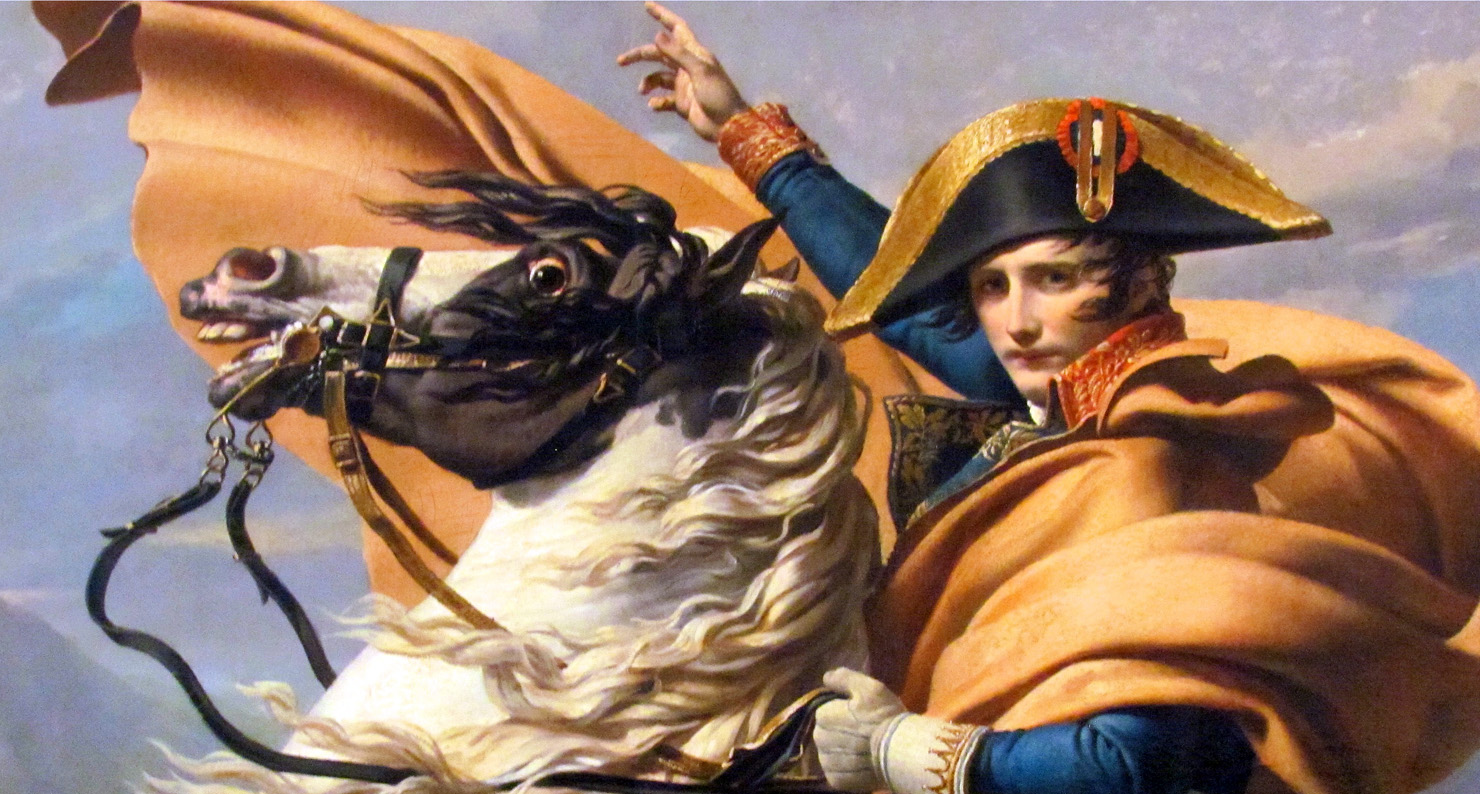
Approaching the 300th anniversary of Waterloo, would it all have been easier if for Napoleon he’d just married the sister of Czar Alexander I?
• What would you do with fifty thousand dollars? Go on a vacation? Pay off a student loan? Treat yourself to a strand of Mozart’s hair? Recently, Sotheby’s sold a rare lock of the composer’s hair for three times the estimated value. But for the spendthrift, the auction also featured another follicular option: a lock of hair from Beethoven was purchased for only $8,125. (WQXR)
• The Case of the Contested Copyright is afoot! While the majority of Sir Arthur Conan Doyle’s Sherlock Holmes stories are in the public domain, ten stories remain under copyright. The new movie Mr. Holmes, and the book it’s based on, borrow too liberally, the Conan Doyle estate argues, from one of these stories: “‘The Adventure of the Blanched Soldier.” The contested elements include using Holmes and not Watson as a narrator, and having Watson remarry and move out of Baker Street. (Variety)
• Even top-secret government agents have to file expense reports. In 1961, a CIA officer was forced to flee Helsinki when he and his family were put at risk by a counterintelligence officer working for the KGB. The CIA agent grabbed stacks of cash from the office safe to pay for the escape, which made his monthly accounting a little complicated. (Atlas Obscura)
• “Mark Twain, Prohibition, Jazz, and the Civil War / Walk in the club snap, zoom, panties hit the floor.” The rap about Ken Burns you’ve always wanted has arrived. (YouTube)
• After twenty-two mistresses, a divorce from the barren Josephine de Beauharnais, a remarriage and birth of a son, and a looming campaign in Russia, Napoleon had to wonder: would it all have been easier if he’d just married the sister of Czar Alexander I? (Smithsonian)
• If American Girl products have shifted the way children interact with history, none has had an impact like Addy, the company’s first African-American doll. “I wanted children to see African-American people as part of strong, loving families, caught up in slavery, doing what they had to do to survive,” says Connie Porter, author of the six Addy books. (The Paris Review Daily)
• In the 1890s, the three Nelson brothers, who were between the ages of ten and fifteen, amused themselves in rural New Hampshire by writing over sixty newspapers, seed catalogs, and storybooks that revealed an imaginary world that could only exist as part of a late-nineteenth-century rural American childhood. (Slate)
• “When 3066 marks the 2000th anniversary of the Norman Conquest, the Bayeux Embroidery may still be telling its tale of heaven-borne doom. It has shaped and endured wars when bombs arced through the skies, wars threatening rockets and weapons of mass destruction.” An embroidered monument to a 1066 conquest of the Anglo-Saxons has survived the French Revolution and the Nazi invasion of Paris. (Berfrois)
• Could hookup culture date to the early twentieth century? Teens of the 1910s pushed back against the Victorian morality of their parents by having “petting parties.” The phrase originates in a 1915 story from the Washington Times: “That, they tell me, is the name applied in Baltimore to the haunters of cosy corners and ‘twosing’ in general.” (NPR)